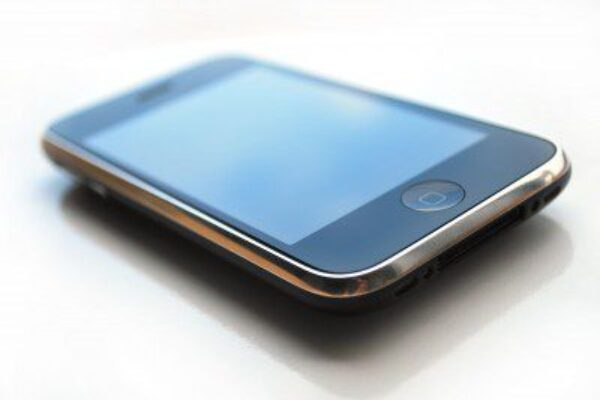
Displayport and HDMI in battle for mobile link dominance
Analogix has discrete chips for the spec, STMicroelectronics is said to be planning them and vendors of mobile applications processors are expected to integrate the technology in future SoCs. MyDP is based on DisplayPort 1.2, a 5.4 Gbit/s max link now used in a wide range of products to support up to 1920 x 1080-progressive resolution video at 60 Hz with 24 bit color. It also supports the 1.1a version at 2.7 Gbits/s that delivers 720p video.
The link supports power so phones can charge while sending video. It uses the existing micro USB connectors on handsets.
Analogix has developed a discrete bridge chip supporting MyDP and linking to HDMI interfaces in existing mobile apps processors. It delivers 1080p video while consuming less than 300 milliwatts for both the transmitter and bridge and adds less than two dollars to the bill of materials, said Andre Bouwer, vice president of marketing at Analogix.
Bouwer expects MyDP will find its way into handsets, TVs, notebooks and–using a Mbit/s sideband channel–links to keyboards and mice as handsets become used as mobile PC replacements in the next several years. It also supports audio and stereo 3-D for 1080p at 30 Hz per eye as well as adapters to connect to existing DVI and VGA interfaces.
VESA created an online video demonstrating MyDP at the Consumer Electronics Show.
The new link arrives at a time when Silicon Image claims its MHL, a mobile variant of HDMI, is already enabled in 50 million devices including handsets from more than a dozen vendors including HTC, LG and Samsung and TVs from LG, Samsung, Sharp and Toshiba. The MHL group—which includes chip makers such as Mediatek, Mstar, Texas Instruments and Qualcomm–expects more than 100 million MHL-enabled devices will ship this year.
The original MHL spec only supported 1080p video at 30 Hz, consumed as much as 800 milliwatts and did not support power over the link. Thus handsets could find their batteries drained before they finished a two-hour movie, said Bouwer of Analogix.
An MHL spokeswoman said that characterization is inaccurate. MHL 1.0 supports 1080p video at 60 Hz as well as power over the link and existing connectors, she said.
In May, Silicon Image announced MHL 2.0 supporting full 1080p video at 60 Hz at as little as 30 milliwatts. The new link also supports power and micro USB connectors.
Silicon Image is not disclosing who has licensed the new core so far or when it might find its way into products.
So the battle is on for who will supply the next-generation high def interconnect for handsets and other consumer systems. The winner likely will emerge in a year or two as mobile apps processors decide which technology they will support in their next-generation chips.
 If you enjoyed this article, you will like the following ones: don't miss them by subscribing to :
eeNews on Google News
If you enjoyed this article, you will like the following ones: don't miss them by subscribing to :
eeNews on Google News



